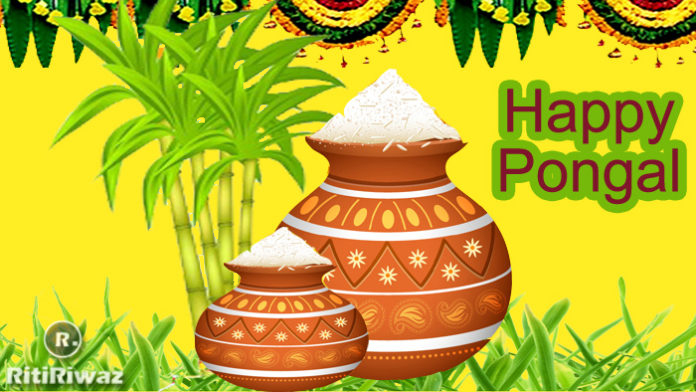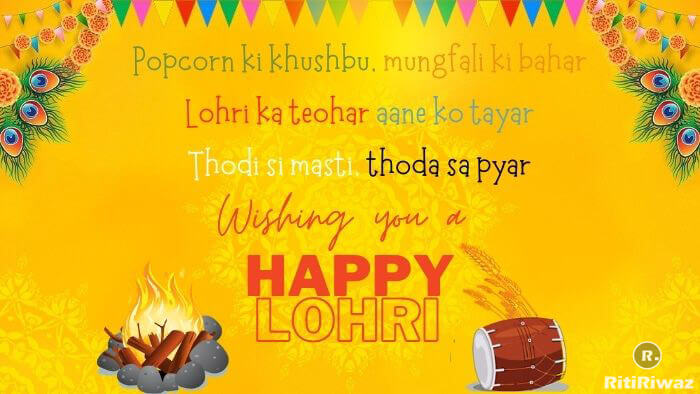Different Names of Holi Festival
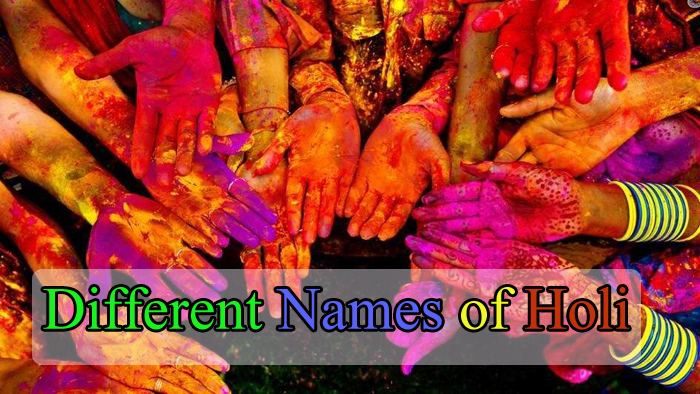
The festival of Holi is celebrated all over India, but it is celebrated more enthusiastically in North India. People visit places like Braj, Vrindavan, Gokul to see the festival of Holi. In these places, this festival is celebrated for several days. There is such a practice in Braj, in which men paint colors on women and women beat them with sticks, it is a very famous practice, which people go to North India to see.
Holi of flowers is also celebrated in many places and everyone plays each other with songs and celebrates happiness. In many places, it is celebrated with a different name. Let us introduce you to some of the regional names of Holi.
Lathmar Holi
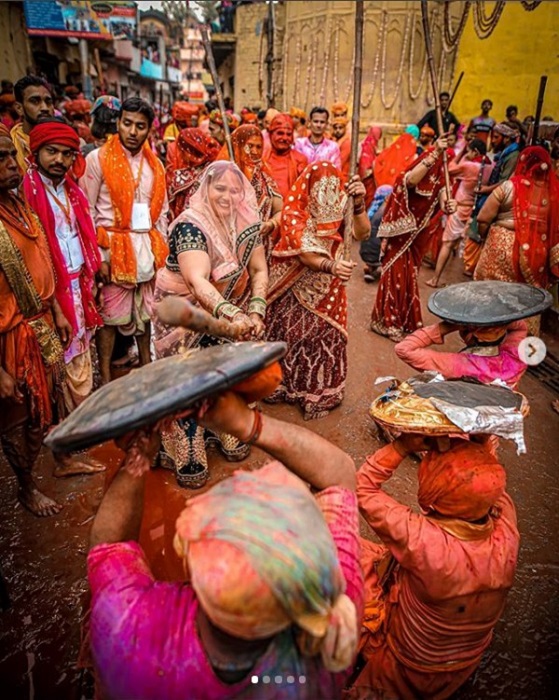
Lathmar Holi is a close relationship between Krishna and Holi and symbolizes the Lathmar Holi in Barsana village of Braj. It is said that when the teams of Nandgaon reach Barsana with pitchers, then the women of rain show lots of sticks on them. Men have to avoid sticks and at the same time, women have to be soaked in colors.
Dulhandi
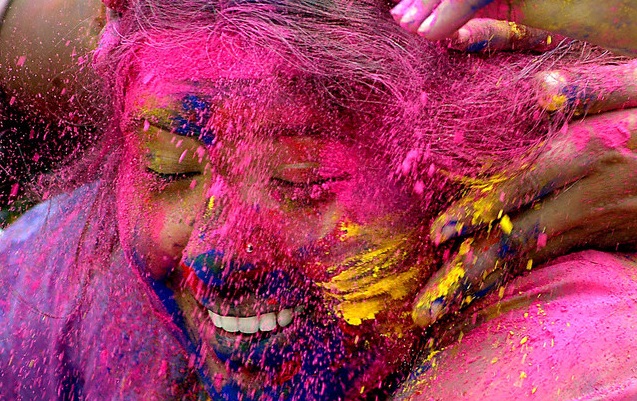
Dulhandi is a festival of fun and fun in Haryana. There is a tradition of playing colors between the brother-in-law and sister-in-law and it is called Dulhandi.
Rangpanchami
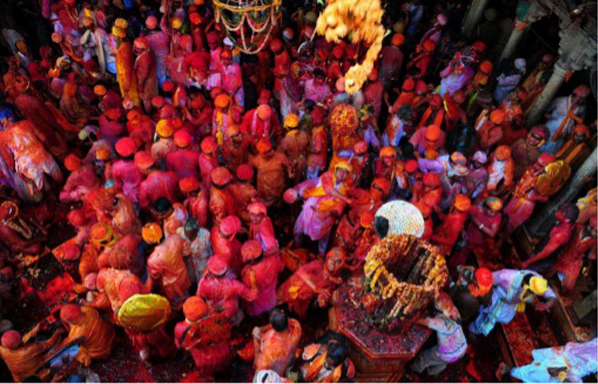
Rang Panchami is a tradition of playing colors on the day of Panchami after Holi in Maharashtra. This color is normally dry gulal. Special food is prepared in which Puranpoli is definitely available. People make a team, go to each other’s houses with color, gulal, and color each other.
Spring Festival
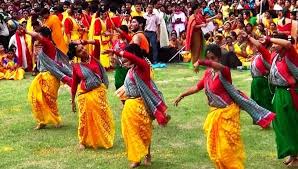
When the entire country celebrates Holi, the Spring Festival is celebrated in Siliguri, West Bengal. The spring festival i.e. Holi was started by Bengali poet and writer Rabindranath Tagore in Santiniketan, West Bengal. To see this event, not only Bengal but also from other parts of the country and abroad, huge crowds are gathered. On this occasion, a procession is taken out and revolves around the university campus, playing abir and color.
Royal Holi
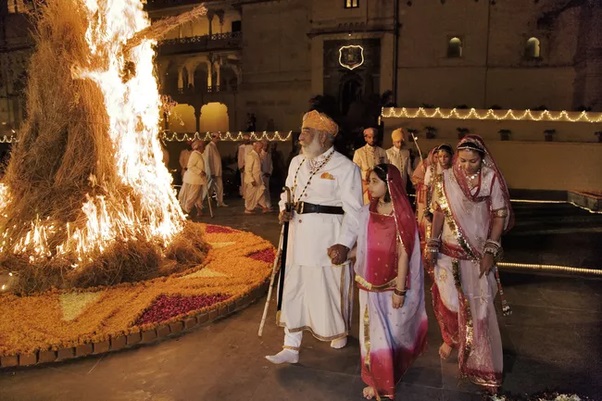
Rajasthani Holi is different and celebrates quite a few different rituals from what people mostly celebrate in Delhi, UP, and Bihar in North India. Braj Mahotsav is held in Braj Region for 3 days, Holika Dahan ceremony is held on a grand scale where you can observe royal etiquette and ritual. Dhulandi is playing with colors the next day.
Phaguwa
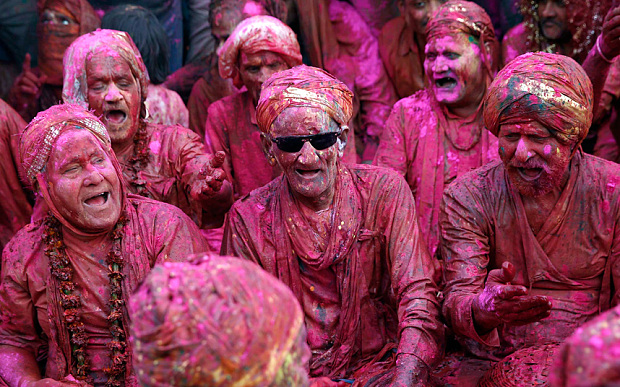
In Bihar, Holi is known as Phaguwa which is celebrated with wet and dry colors with their traditional folk song and dance.
Hola Mohalla
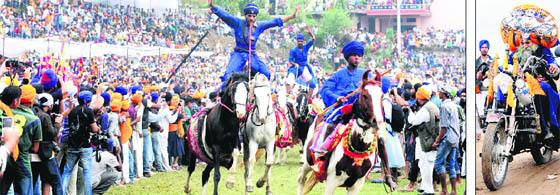
Holla Mohalla of Punjab is celebrated a day after Holi and is fair for the display of traditional martial arts which is later followed by music and dancing. Special darbars and langars are organized in all gurudwaras and are one of the biggest events among Sikhs.
Kahila Holi
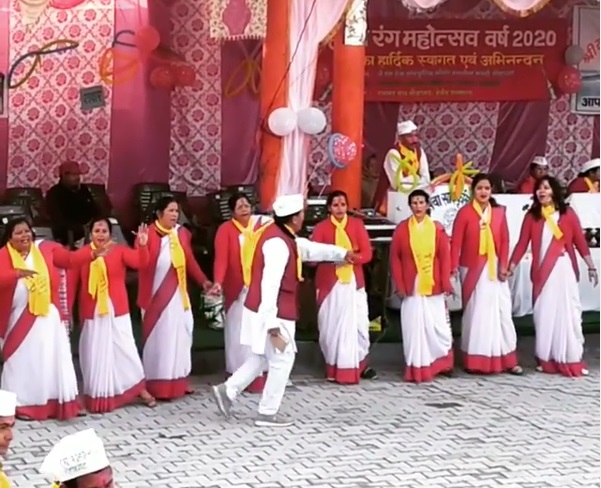
Kahila Holi is celebrated in Uttrakhand where people gather in their traditional attire and sing, dance to folk tunes around the city.
Yaosang
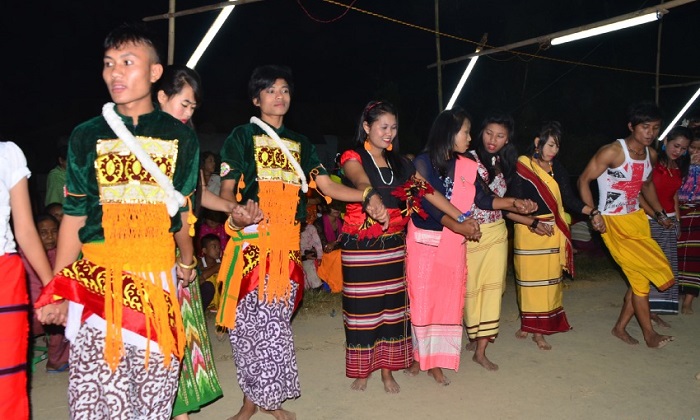
Holi is known as Yaosang in Manipur and is celebrated by Meitei people in a unique way. It is celebrated over 6 days with an interesting feature of this festival is the ‘Thabal Chongba’ or dancing in the moonlight. Yaosang commences on the full moon day of what the locals call as the month of ‘Lamda’. This falls around the February and March months of the Gregorian calendar. It is a colorful festival, and a lot of merrymaking is done during these exciting days.
Dol Jatra
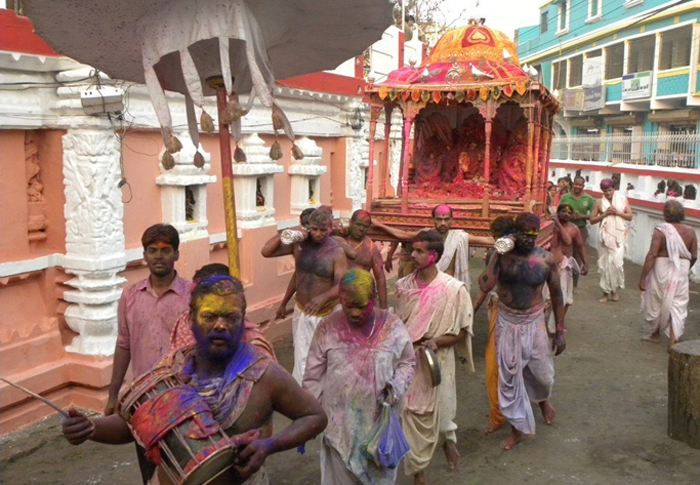
The Festival of Colours, known as Holi in the rest of India, is called ‘dol-jatra’ in Bengal. In Bengal, it is celebrated on the full moon day and differs from Holi in that it is the last festival of the Bengali year and is based on a different legend to that of Holi.
Dola
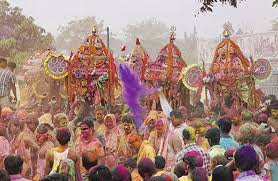
The main highlight of Holi in Odisha is that it celebrates Lord Jagannath, also known as Dolagovinda. It is the full-moon day in the month of Falguna (March). Through the festival, the spring is welcomed and enjoyed with mirth and merriment. This festival has been referred to in the puranical texts as Basantotsaba or the spring-festival
Ukuli / Manjal Kuli
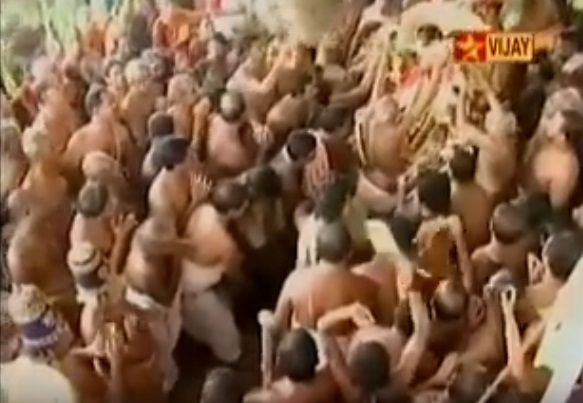
In Kerala, Holi is celebrated under the name of Manjal Kuli in the Konkani temple of Gosripuram, Thirumala. Holi in the Southern part is not the same as in northern states. The festivity begins in Kerala in March on the full moon day at various temples. Unlike many other states of India, here the major color used is turmeric or Manjal Kuli.
Shigmo
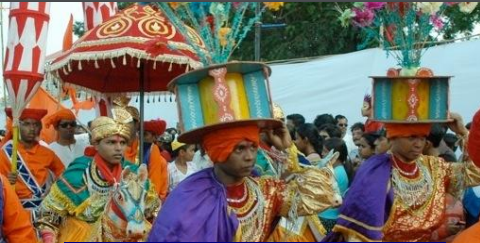
The Goan version of Holi, the Shigmo festival, is a riotous eruption of color, rich in pomp and pageantry. It’s a festival of the masses, designed to say good-bye to winter. The festival spans over a fortnight, with different days earmarked for celebrations in diverse areas.
Phakuwah
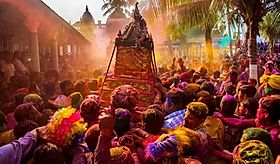
Phakuwah is the name of Holi for the local Assamese community. Celebrated over a span of two days is a little similar to Dol Jatra of West Bengal.





